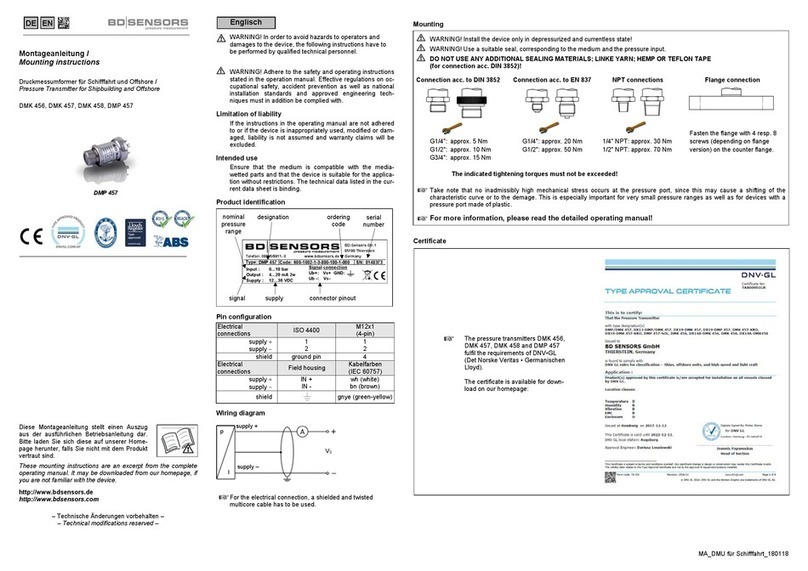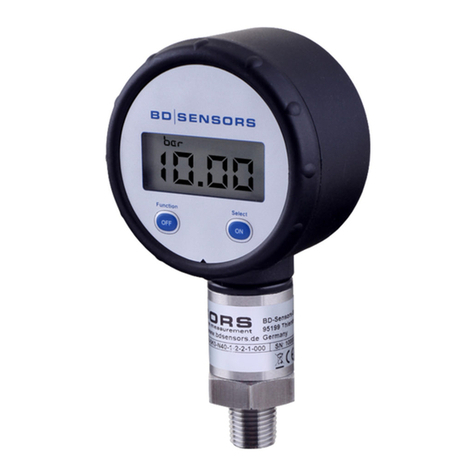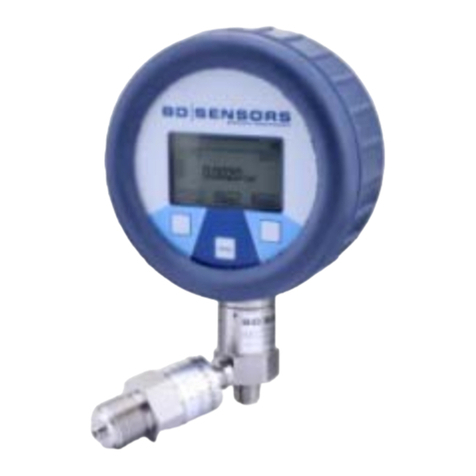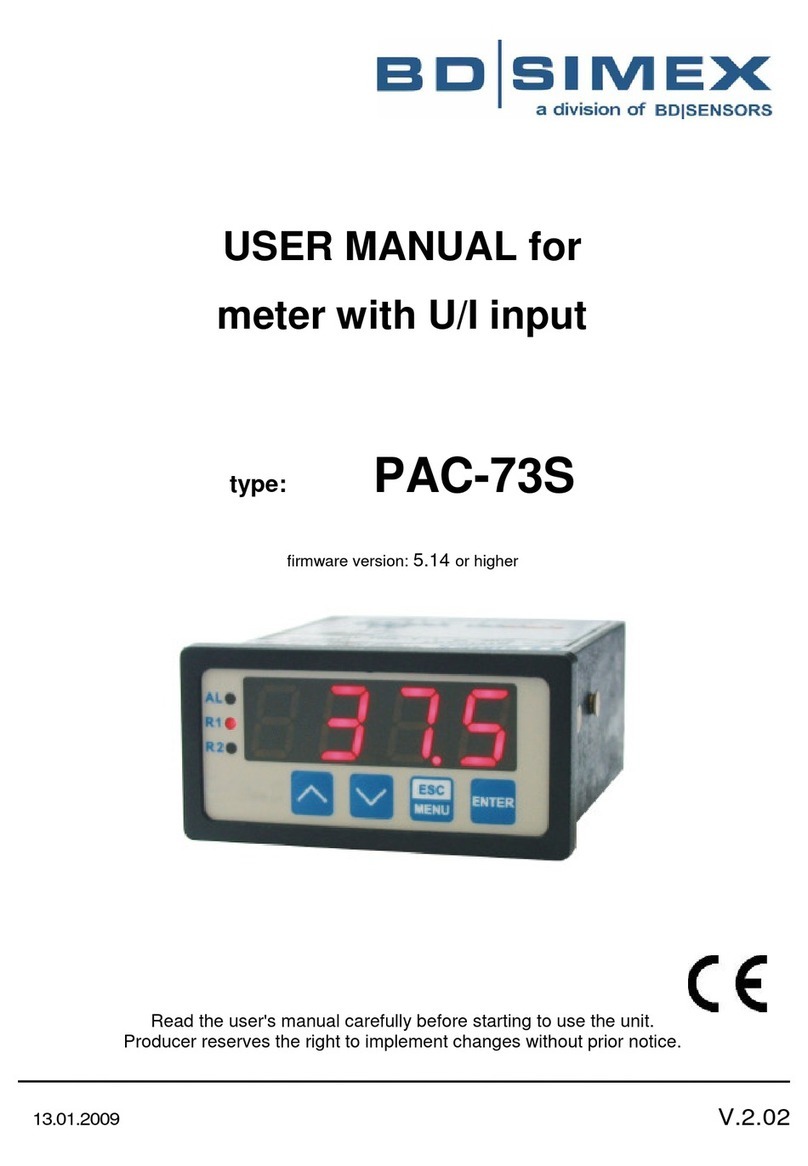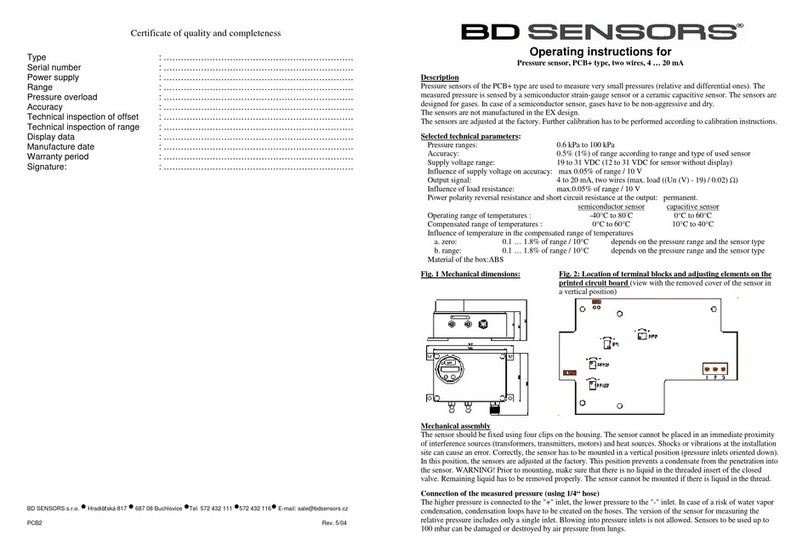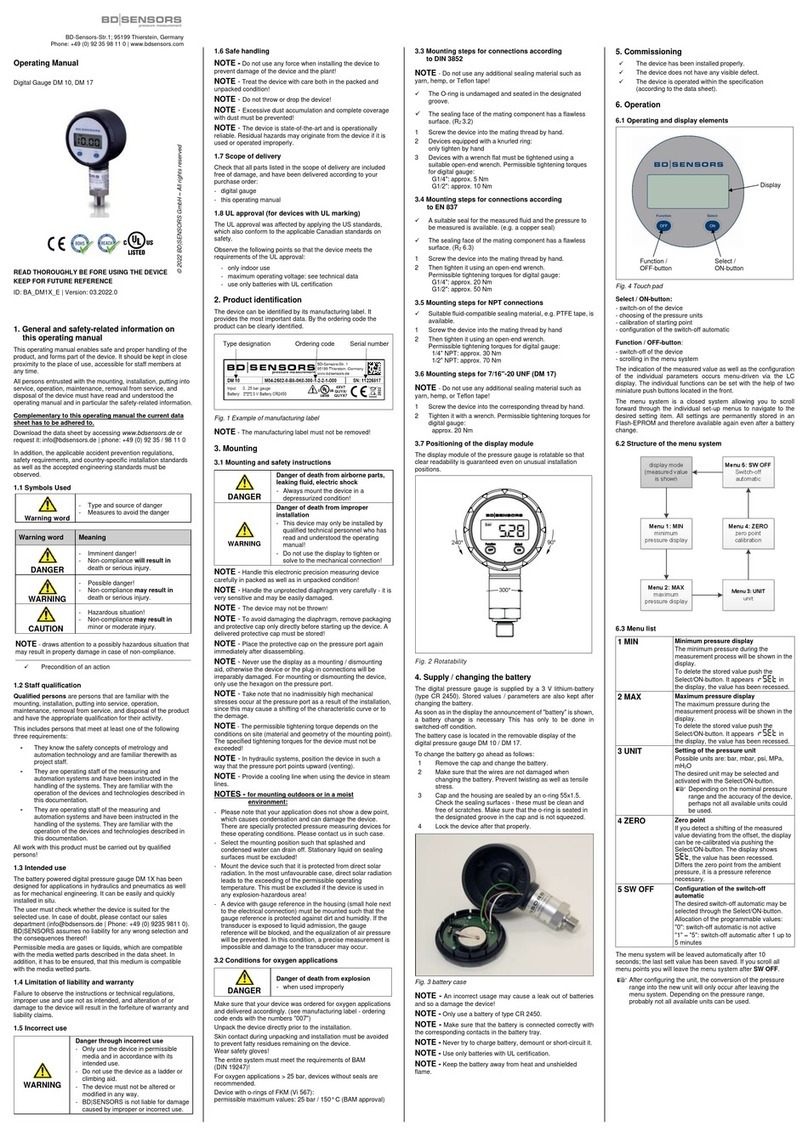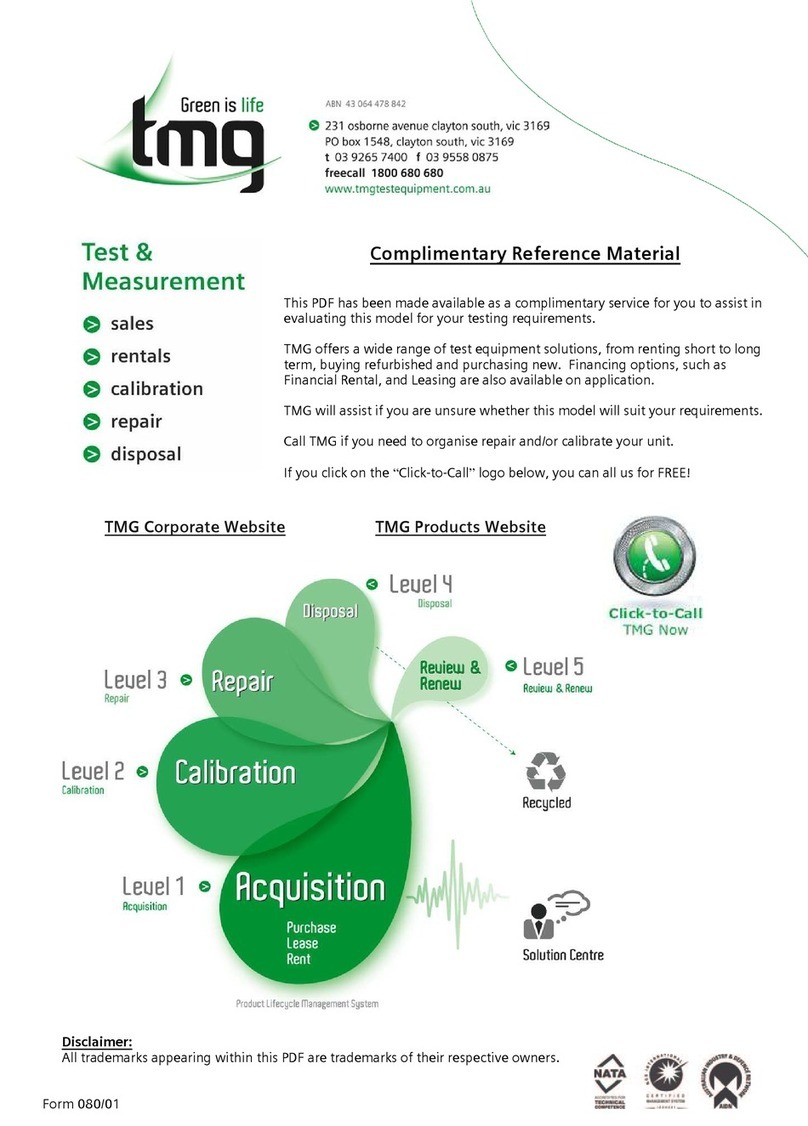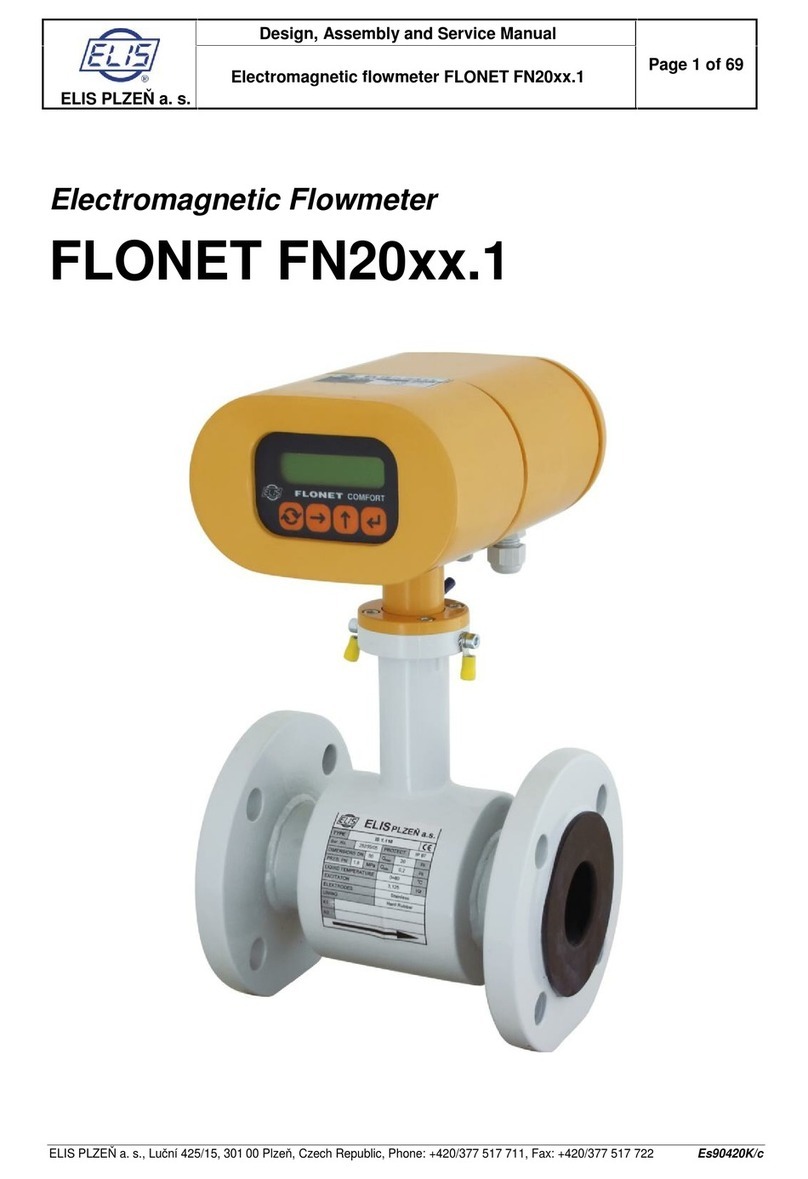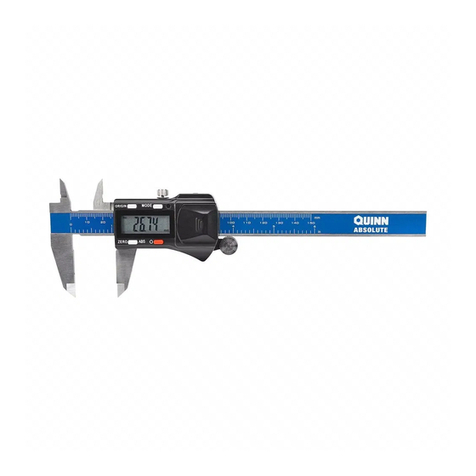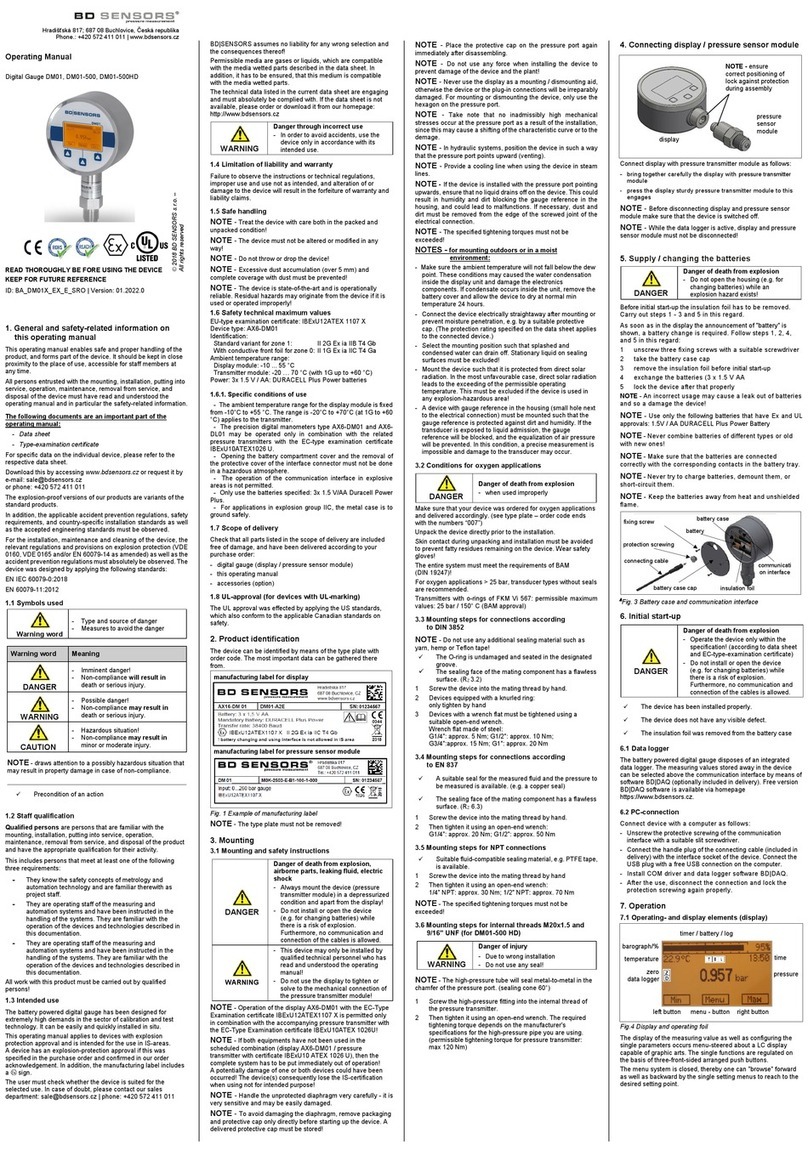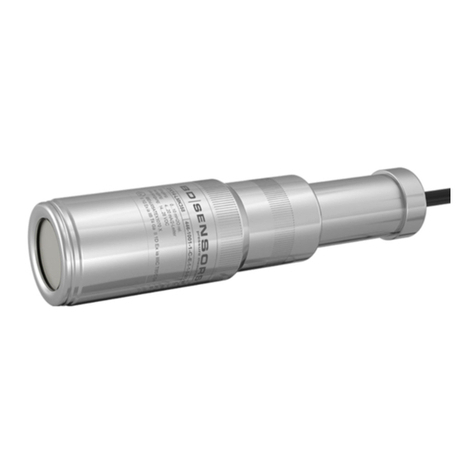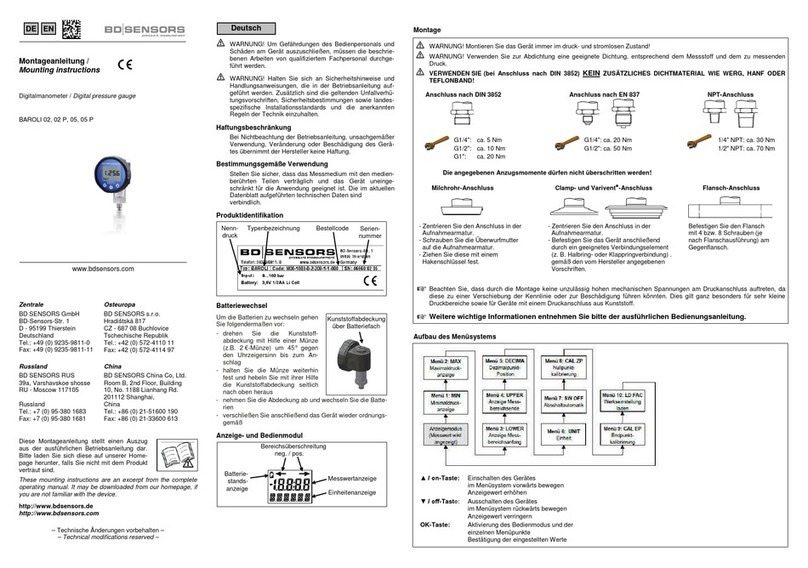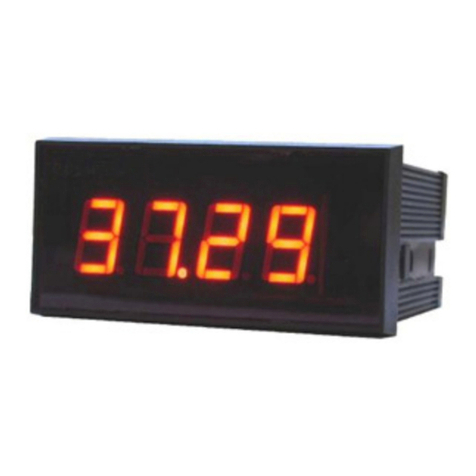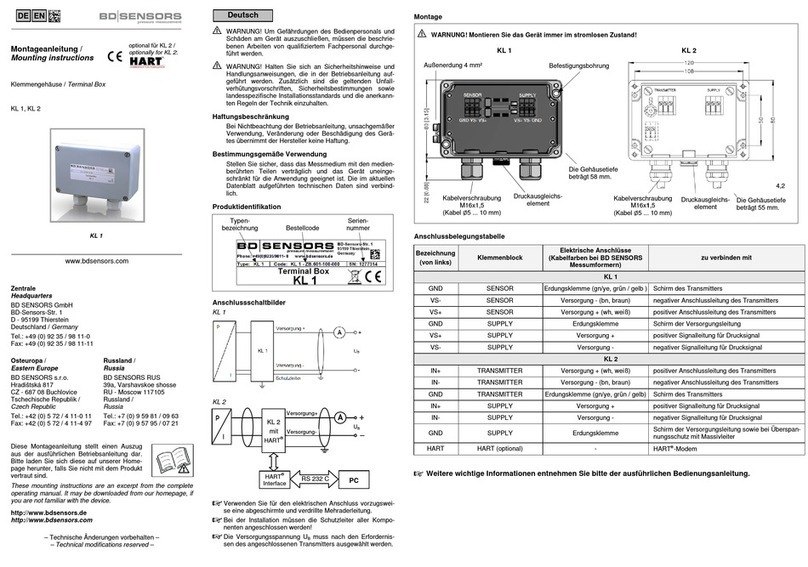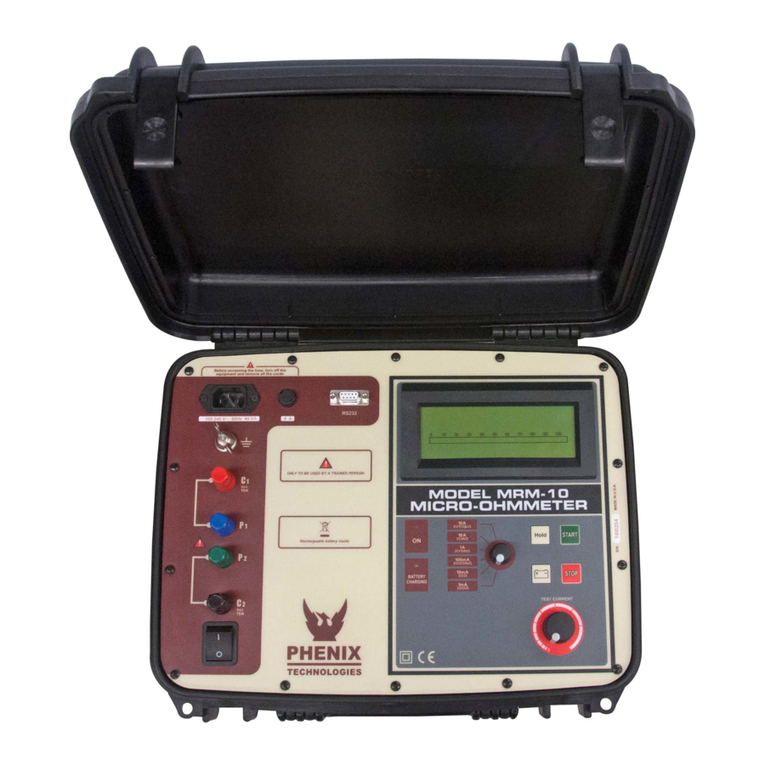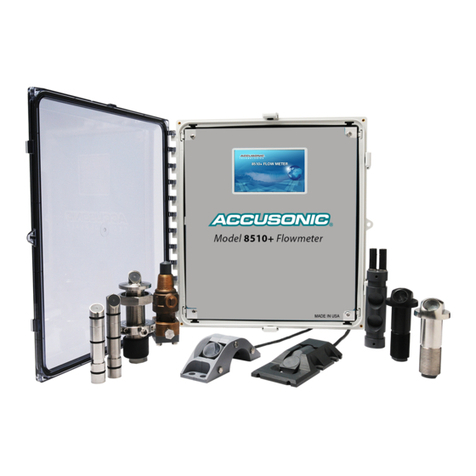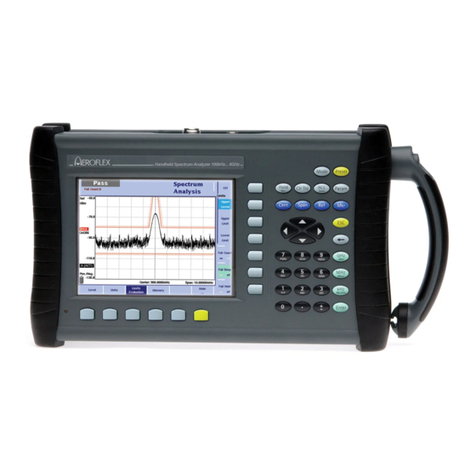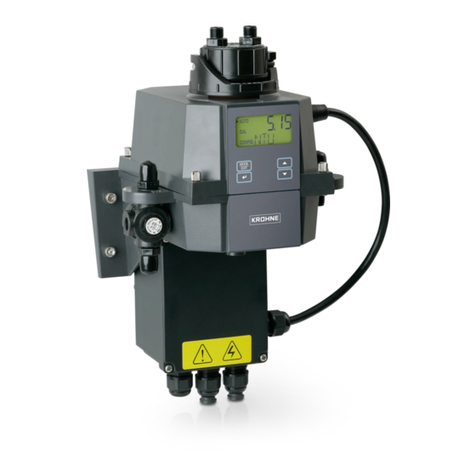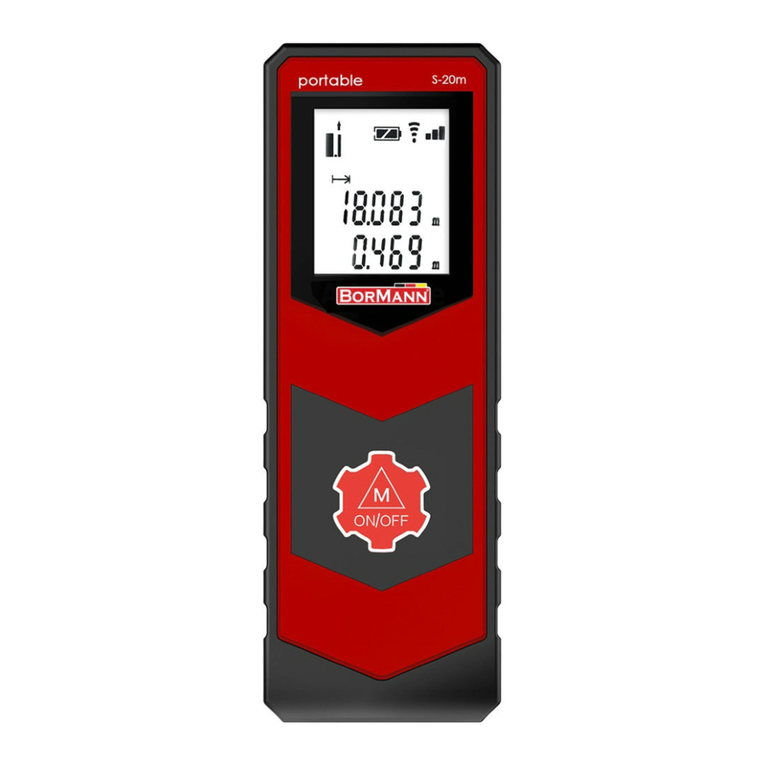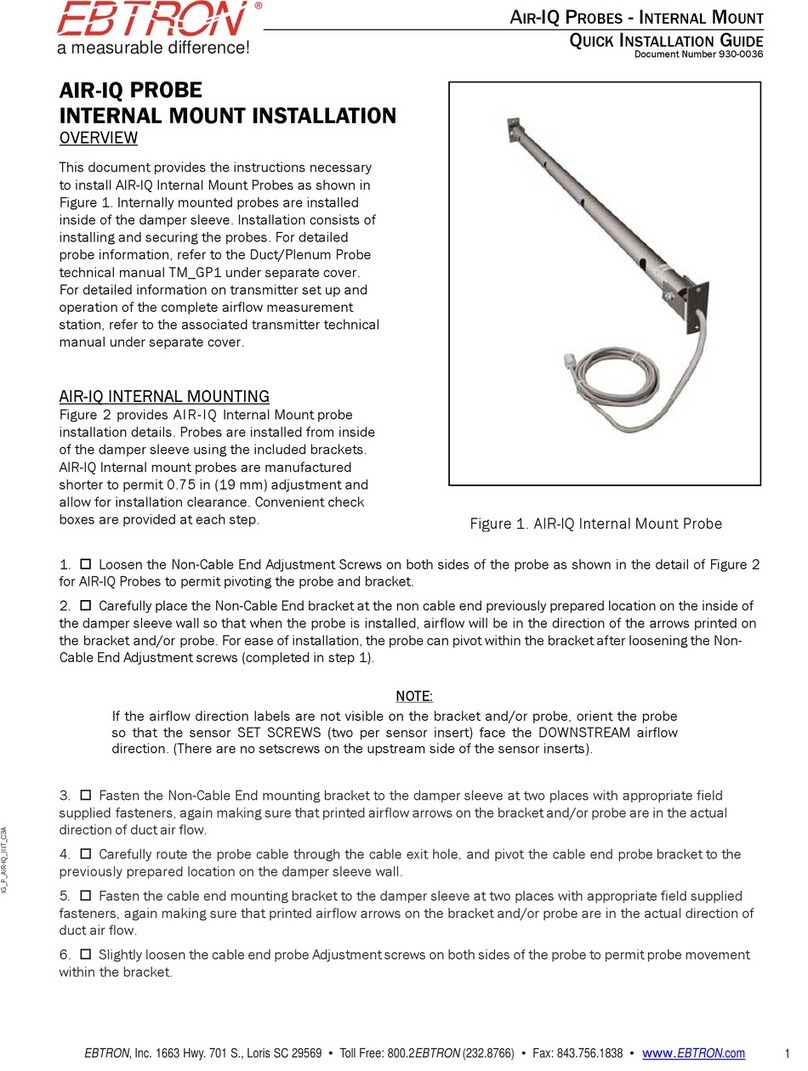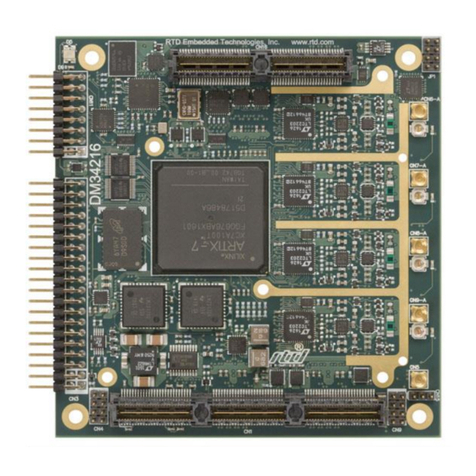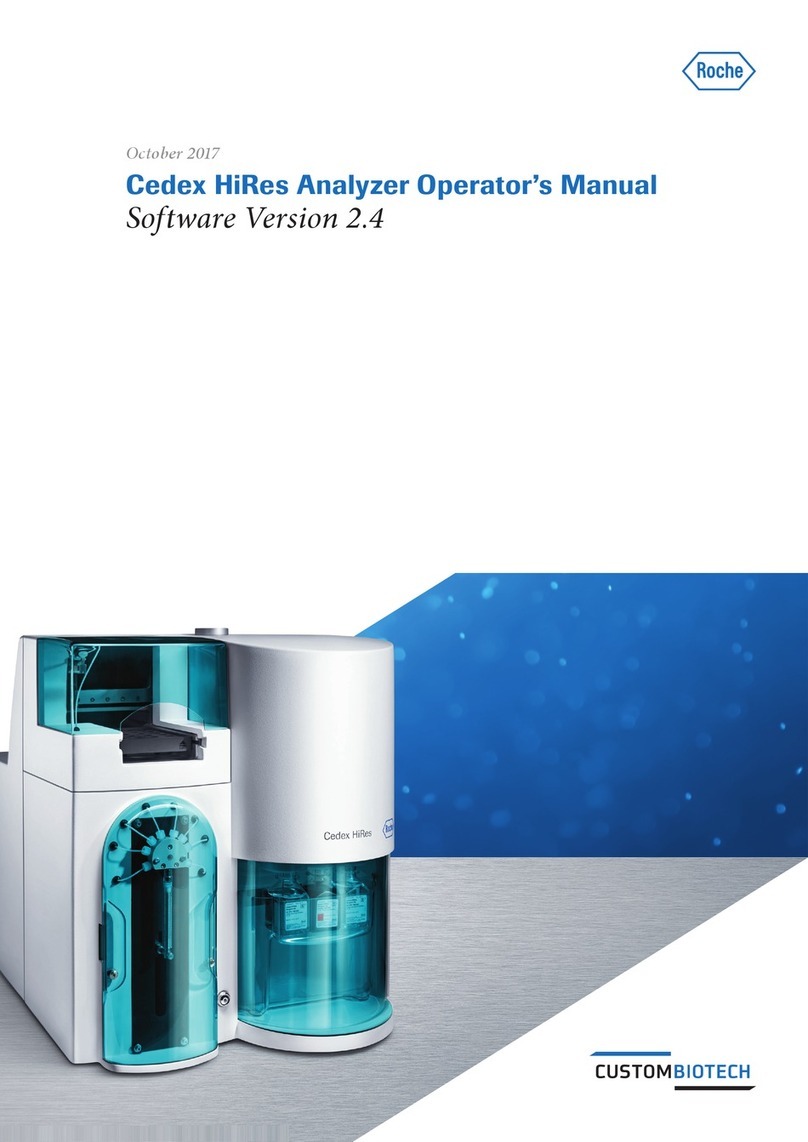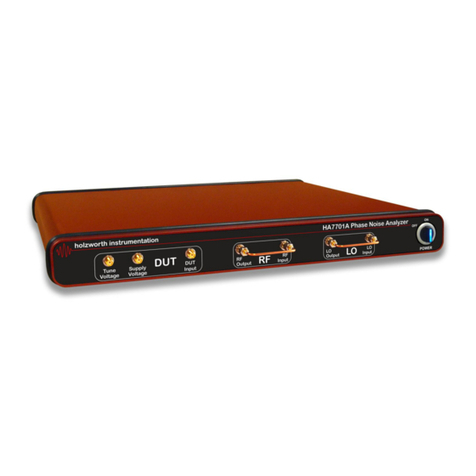
www.bdsensors.com
EN
Operating Manual
Probe for Marine and Offshore
LMK 457, LMK 458, LMK 458H, LMK 487
Headquarters
BD SENSORS GmbH
BD-Sensors-Str. 1
D - 95199 Thierstein
Germany
Tel.: +49 (0) 9235-9811-0
Fax: +49 (0) 9235-9811-11
The addresses of our distribution partners are listed on our
homepage www.bdsensors.com. It is possible to download
data sheets, operating manuals, ordering codes and certifi-
cates, as well.
1. General information
1.1 Information on the operating manual
This operating manual contains important information on
proper usage of the device. Read this operating manual
carefully before installing and starting up the pressure
measuring device.
Adhere to the safety notes and operating instructions which
are given in the operating manual. Additionally applicable
regulations regarding occupational safety, accident preven-
tion as well as national installation standards and engineer-
ing rules must be complied with!
This operating manual is part of the device, must be kept
nearest its location, always accessible to all employees.
This operating manual is copyrighted. The contents of this
operating manual reflect the version available at the time of
printing. It has been issued to our best knowledge.
BD SENSORS is not liable for any incorrect statements and
their effects.
– Technical modifications reserved –
1.2 Symbols used
DANGER! – dangerous situation, which may result in
death or serious injuries
WARNING! – potentially dangerous situation, which
may result in death or serious injuries
CAUTION! – potentially dangerous situation, which may
result in minor injuries
!CAUTION! – potentially dangerous situation, which may
result in physical damage
NOTE – tips and information to ensure a failure-free
operation
1.3 Target group
WARNING! To avoid operator hazards and damages of
the device, the following instructions have to be worked
out by qualified technical personnel.
1.4 Limitation of liability
By non-observance of the operating manual, inappropriate
use, modification or damage, no liability is assumed and
warranty claims will be excluded.
1.5 Intended use
- The hydrostatic probes LMK 457, LMK 458, LMK 458H
and LMK 487 have been designed especially for ship-
building and offshore applications with rough environ-
mental and operation conditions. The probes are suita-
ble for level measurement of fluids or pasty media (no
solids and frozen media) in open tanks, containers, or
reservoirs. As medium all fluids can be used which are
compatible with the materials of housing, sealing and
cable. Based on a rugged and reliable capacitive ceram-
ic sensor the probe is qualified for measuring small fill-
ing heights with high accuracy. Typical areas of use are
ballast tanks, fuel and oil tanks as well as ser-vice and
waste water tanks. The probes as standard complies
with the requirements of DNV▪GL (Det Norske Veri-
tas▪Germanischer Lloyd). The certificates are available
for download on our homepage:
http://www.bdsensors.com
- It is the operator's responsibility to check and verify the
suitability of the device for the intended application. If
any doubts remain, please contact our sales department
in order to ensure proper usage. BD SENSORS is not
liable for any incorrect selections and their effects!
- The hydrostatic probe has to be used according to the
area of application specified above! In addition it has to
be ensured, that this medium is compatible with the me-
dia wetted parts.
- The technical data listed in the current data sheet are
engaging. If the data sheet is not available, please order
or download it from our homepage.
(http://www.bdsensors.com)
WARNING! – Danger through improper usage!
1.6 Package contents
Please verify that all listed parts are undamaged included in
the delivery and check for consistency specified in your
order:
- hydrostatic probe
- mounting instructions
2. Product identification
The device can be identified by its manufacturing label. It
provides the most important data. By the ordering code the
product can be clearly identified.
Fig. 1 manufacturing label
!The manufacturing label must not be removed from the
device!
3. Mechanical installation
3.1 Mounting and safety instructions
WARNING! Install the device only when depressurized
and currentless!
WARNING! This device may only be installed by
qualified technical personnel who has read and under-
stood the operating manual!
!Handle this high-sensitive electronic precision
measuring device with care, both in packed and
unpacked condition!
!There are no modifications/changes to be made on the
device.
!Do not throw the package/device!
!To avoid damaging the diaphragm, remove packaging
and possibly protective cap directly before starting
assembly. The possibly delivered protective cap has to
be stored! Place this protective cap on the pressure port
again immediately after disassembling.
!Handle the unprotected diaphragm very carefully - it is
very sensitive and may be easily damaged.
!Do not use any force when installing the device to
prevent damage of the device and the plant!
!When placing the probe into operation or after mainte-
nance work, the probe has to be submerged slowly into
the medium! A rough immersion into the medium can
damage or destroy the diaphragm.
!For installations outdoor and in damp areas following
these instructions:
- Choose an assembly position, which allows the
flow-off of splashed water and condensation.
- Turn the outgoing cable downwards. If the cable
has to be turned upwards, then point it downward
so the moisture can drain.
- Install the device in such a way that it is protected
from direct solar irradiation. Direct solar irradiation
can lead to the permissible operating temperature
being overstepped in the worst case. By this the
operability of the device can be affected or dam-
aged. If the internal pressure increases due to so-
lar irradiation, measurement errors may be caused.
Take note for screw-in and flange transmitter that no
inadmissibly high mechanical stresses occur at the
pressure port as a result of the installation, since this
may cause a shifting of the characteristic curve or to the
demage.
In hydraulic systems, position the device in such a way
that the pressure port points upward (ventilation).
Provide a cooling line when using the device in steam
piping.
If installing the device outdoor and there is any danger
of lightning or overpressure we suggest putting a
overpressure protection unit between the supply/switch
cabinet and the device to prevent damage.
3.2 General installation steps
- Carefully remove the pressure measuring device from
the package and dispose of the package properly.
- Go ahead as detailed in the specific instructions below.
3.3 Installation steps for probe
- Install the device according to your demands.
Usually, the probe is delivered without mounting acces-
sories. But BD SENSORS offers different accessories
on request e.g. mounting clamp, terminal clamp or
mounting flange.
Do not use freely suspended probes with an FEP cable
if effects due to highly charging processes are ex-
pected.
3.4 Installation steps for flange transmitter
- Please ensure that the mounting thread is clean and
free of damage.
- Check to ensure that the O-ring fits properly in the
groove.
- Screw in the mounting thread of the transmitter in the
transmitter flange, by hand.
- Next, tighten it by an open-end wrench. (approx. 25 Nm)
- Install the flange according to your demands.
If a new transmitter flange is needed, it can be ordered
from BD SENSORS.
3.5 Installation steps for screw-in transmitter
- Please ensure that the mounting thread is clean and
free of damage.
- Check to ensure that the O-ring fits properly in the
groove.
- Ensure that the sealing surface of the taking part e.g.
welding socket is perfectly smooth and clean.
- Screw the device in the corresponding thread by hand.
- Next, tighten it by an open-end wrench.
(G3/4": approx. 15 Nm; G1": approx. 25 Nm)
3.6 Removing the protection cap (for probe)
For the protection of the diaphragm, some of the probes
have a plugged-on protection cap. If the device shall be used
in high-viscosity media such as sludge, a removal of the cap
before start-up is necessary. Thus, the sensor becomes
flush and the medium will attain quickly to the diaphragm.
If it is necessary for your application to remove the
protection cap, this has to be done with utmost care. To
prevent a damage of the diaphragm, please follow the
instructions below.
Removal by hand
- Hold the probe in a way that the protection cap points
upwards.
- Hold the probe with one hand on the sensor section (1).
- Remove the protection cap (2) with the other hand.
LMK 458H:
LMK 45
ordering
code
nominal
pressure range
type
designation
connector pinoutsupply
signal
serial
number


